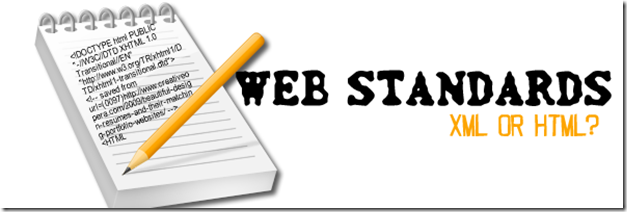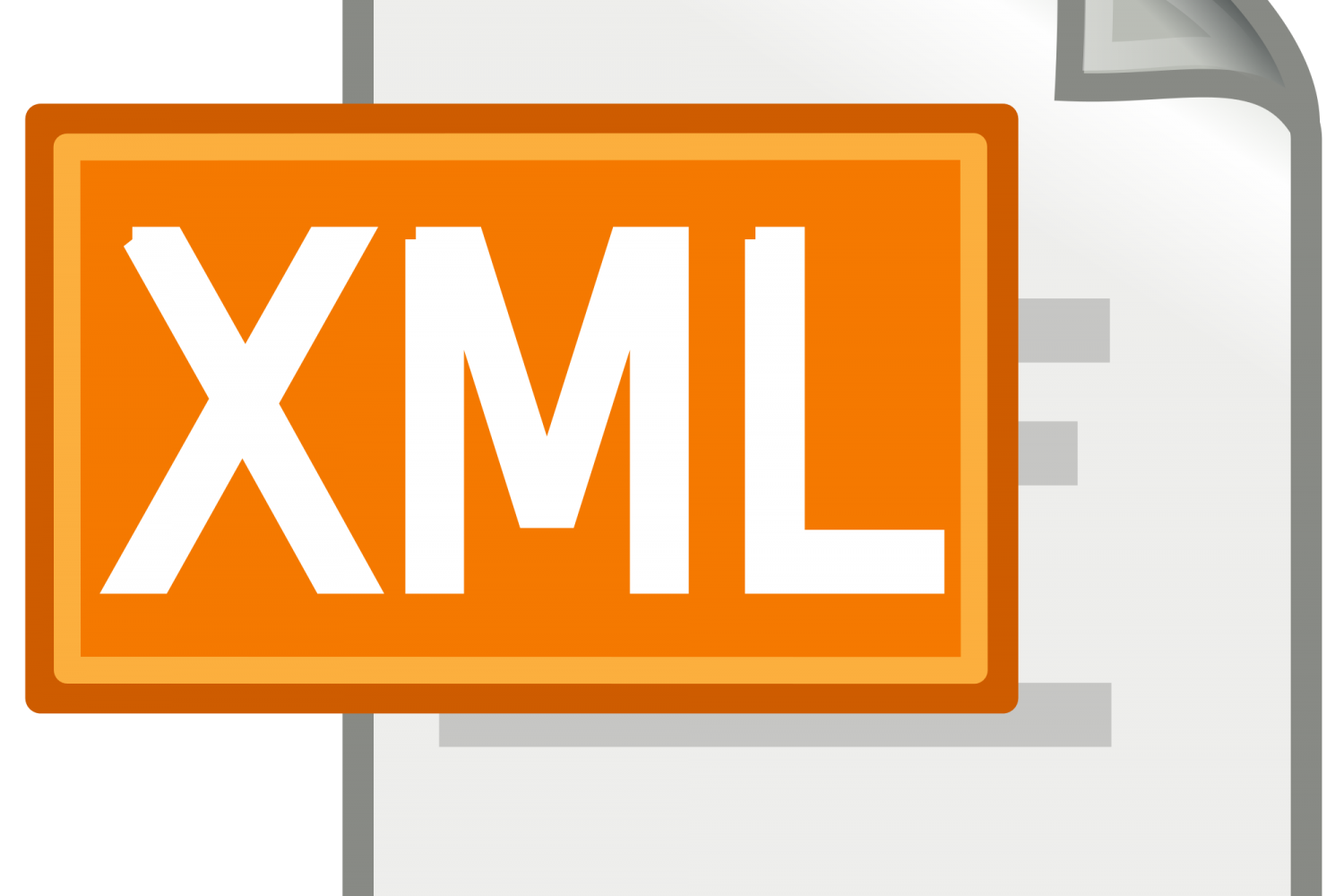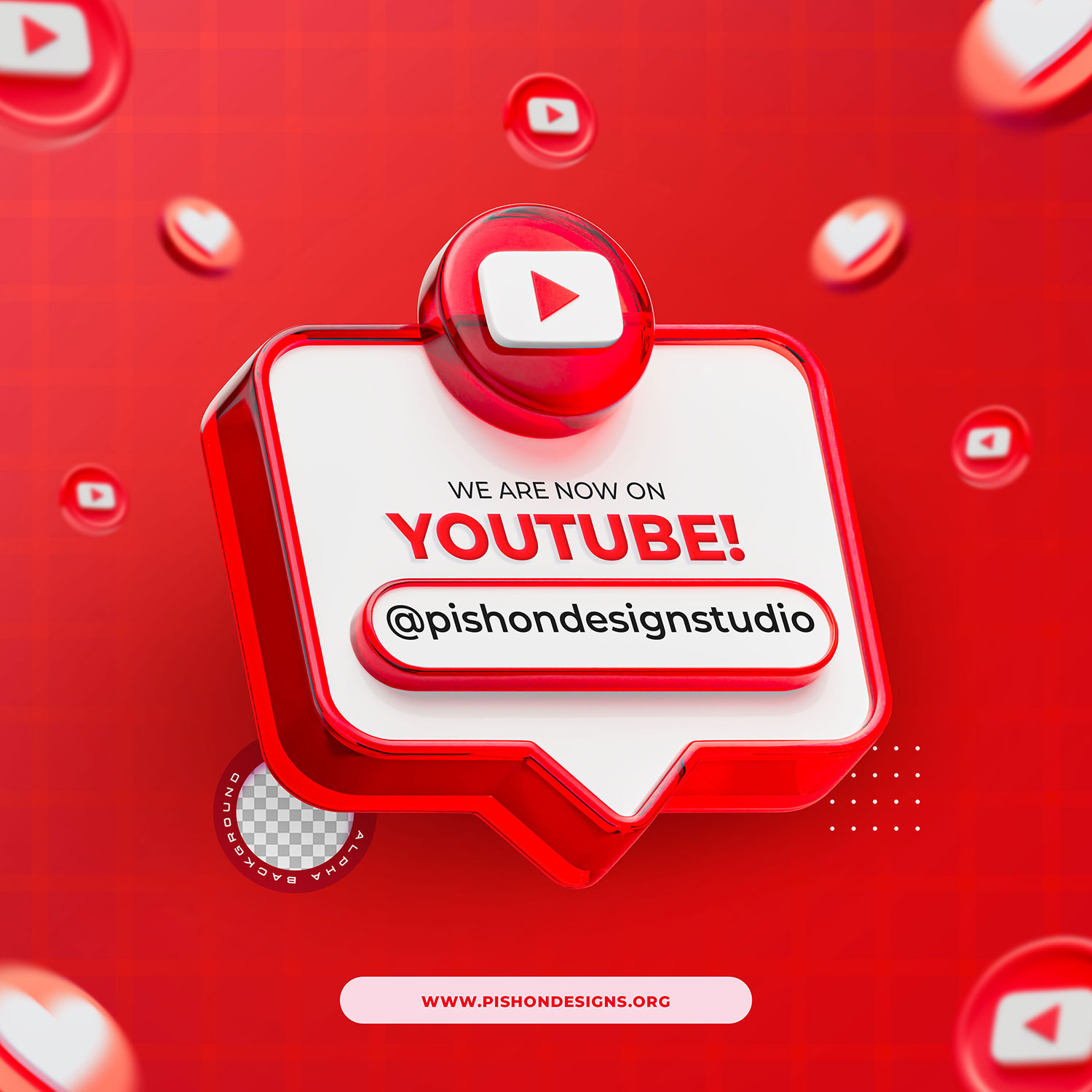
When I first got inducted into web design by Cliff Missen from the University of Iowa, I thought web design was going to be simple. Less stress. Fun.
Straight Forward. I thought web design was a once and for all learning process, so I put my all into learning FrontPage and HTML. Imagine my dismay when I found out that web design wasn’t just all about HTML. I met PHP, SQL, SGML, CSS, XHTML, and XML. What is it with W3C and ‘L’s?
This post is supposed to focus on XML or HTML? Which for the web designer? Should you stick to good, reliable, plain and boring HTML or do you want to test your learning skills on the more dynamic XML?
An example of XML
?xml version = ‘1.0’
<quiz>
<question>
how many web languages do we have?
</question>
<answer>
I don’t know!
</answer>
<! I hit my head 5 times but couldn’t get the answer>
<quiz>
..a little history
XML allows you to form your own syntax. XML was formed in 1996 (Wikipedia says so) and originated from SGML (Standard Generalized Mark-Up Language) and since then, it has extended to XHTML, RSS, Atom, and many more. It is a set of rules for encoding documents electronically. The Microsoft Office has been known to use XML extensively.
I remember not so long ago when I had to create RSS feeds for a website I designed. I panicked, but after about 15 hours of reading, I was able to successfully do it. It was then I understood the link between XML and HTML. Let me share a few of them.
HTML
1. Mark-up language
2. A formatting language
3. Browsers can interpret tags.
4. Kinda loose when it comes to tags
XML
1. NOT mark-up
2. Describes structure, not format
3. Simple and easy rules
4. Very strict
Uses?
Let me give you some practical uses for XML.
XML is used in document authoring. If you love writing books, manuals, pamphlets, newsletters, web design, then you should try XML. You can use XML to generate multiple delivery formats from the same content, for example HTML, PDF, Help Docs and so on.
XML has the capacity to make web designers work easier. XML makes it possible for web designers to send information in a form completely separate from the way the form was originally designed in HTML.
XML is used to create atom feeds as well as RSS.
XML is used when it comes to deep text linking.
disadvantages
Learning XML is not fun. Trust me, I know. But when you know what you want to achieve, I think it’s worth a few sleepless nights, don’t you?
XML requires a processing application. With good ol’ HTML, anybody can read what you want them to read using any browser. It’s not so with XML. After writing XML, you need to style it with XSLT, (kinda like a style sheet for XML) then probably embed it in HTML before any browser can read what you want them to read.
REASONS WHY YOU SHOULD LEARN XML
1. Soon, HTML will be phased out. With all these languages confusing web designers, trust me, HTML’s days are numbered.
2. You can create your own mini-dictionary of your own syntax. Check out my above example. Does the HTML you know have tags like <question> </question>?
3. XML is cool when designing databases. Many database driven sites have XML at some layer.
4. XML is cool for hyperlinking text using XLink.
It all depends where you want to be in the future. It’s always been the norm for all languages, with people hesitant and wondering, ‘do i need to learn this language?’ Well, what can I say? Is it worth your while to learn XML? IMHO, I would think so.
Zee






Comments are closed.